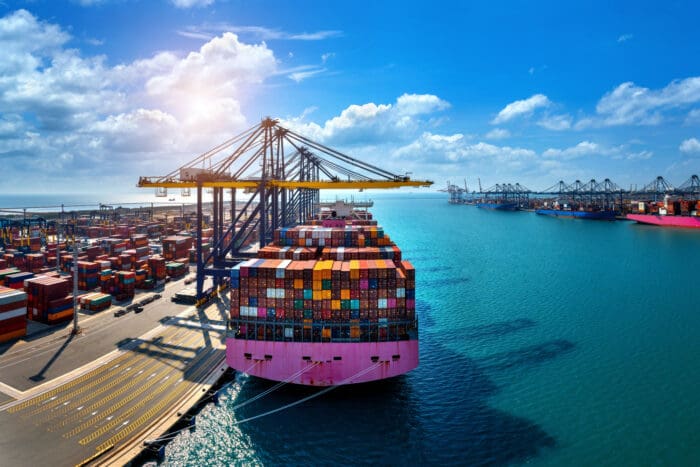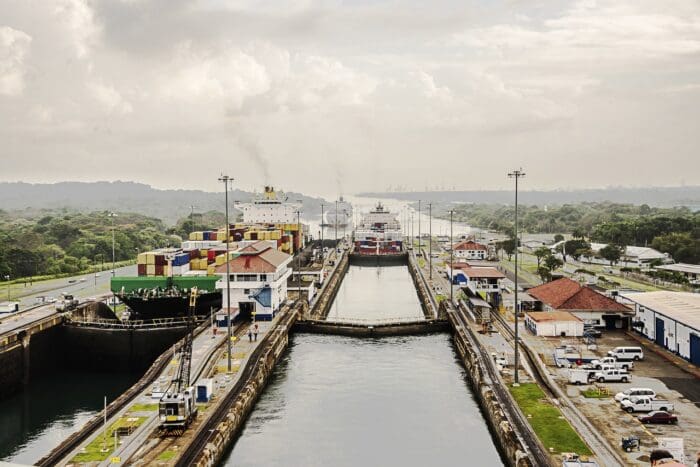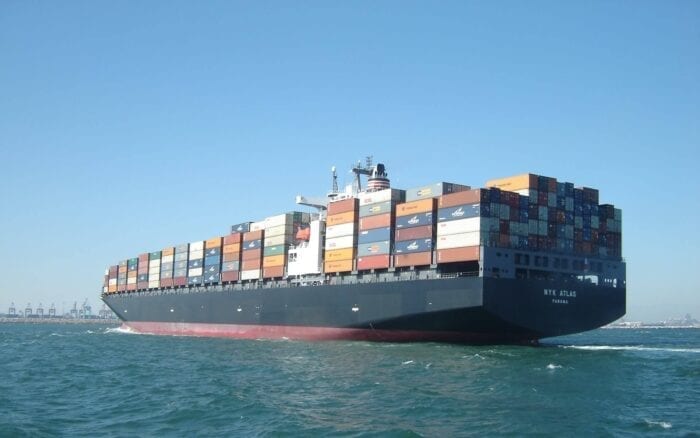March, 2024
Global pressure on the ocean freight industry has eased in recent weeks – impacts from the pre-Lunar New Year rush have subsided, and empty containers have started to return to major export hubs around the world. Ocean freight schedules are beginning to stabilize, and many carriers have continued to add new vessels in order to accommodate recent delays due to diverted shipping lanes, with particular care on improving routes that cover long distances.
In mid-February, ocean rates from Asia to North America and the Mediterranean dipped by about 7% and are now approximately 15% lower than their previous peaks in late January. Overall demand for ocean freight has decreased over the last two months, which has caused daily shipping rates to level off. External conditions surrounding the shipping industry, such as labor availability, have also improved.

Before the beginning of the Red Sea Crisis, overcapacity from sustained fleet growth was a major concern of the ocean freight industry, driving shipping rates into a slump. However, recent diversions away from the Suez Canal have caused carriers to use these additional ships as a means of adjusting to longer transit times, allowing them to maintain their weekly departure schedules.
This practice has absorbed much of the excess capacity that ocean carriers were previously suffering from. The need for more active capacity was so great that the number of idle ships in the charter market dropped to zero during the first week of February and has even led to an overall rebound within the ocean freight industry.
Carriers had previously anticipated that the knock-on effects of the Red Sea Crisis would be enough to push rates up on non-Suez trade rates. As a result, transatlantic shipping prices increased 25% in one week, reaching upwards of $1,500 /FEU. This was a significant increase but is still below profitable levels for most ocean carriers and is quite short of the previous $5000 /FEU GRIs announced in January.

But even as the Red Sea Crisis continues to soak up shipping capacity and North American demand for shipping vessels is expected to grow relative to previous years, the threat of overcapacity continues to loom overhead. Maersk estimates that a reopening of the Red Sea in the near term would lead to a sharp decline in shipping rates, as supply would rapidly outstrip demand. If diversions are sustained, however, rates are still expected to fall, just in a more gradual manner as new capacity continues to enter the market.
More and more, we are seeing carriers resuming their use of the Panama Canal for transit, as conditions within that region have stabilized. Local authorities have also announced improvements to that route to coincide with the start of the rainy season in May – another factor that can mitigate the impact of the Red Sea Crisis on North American ocean trade.
Source List:
- https://www.cnbc.com/2024/01/31/red-sea-freight-rate-inflation-may-be-peaking-already.html
- https://nrf.com/media-center/press-releases/import-cargo-continuing-rise-despite-red-sea-disruptions
- https://theloadstar.com/end-of-red-sea-crisis-will-create-choppy-water-for-carriers-says-maersk/
- https://www.joc.com/article/carriers-resume-panama-canal-transits-some-services-disruption-eases_20240212.html
Posted In:
Essential Oil Expert - Feature Articles - Market Report - Maritime Trade - Ocean Freight 2024 - Ocean Traffic - Panama Canal - Red Sea Crisis - Shipping Delays - Shipping Vessels - Suez Canal - Transatlantic Shipping
